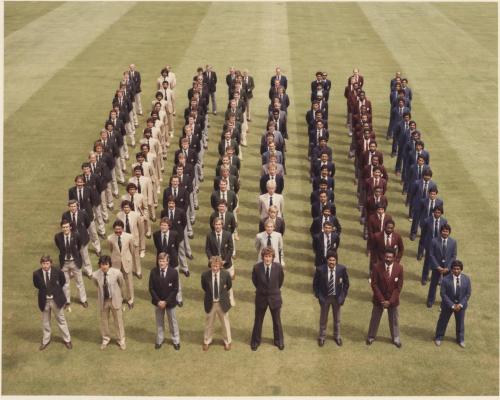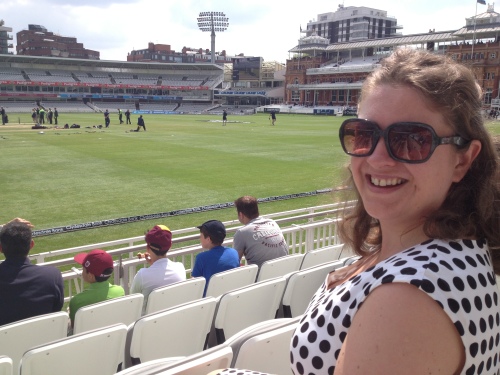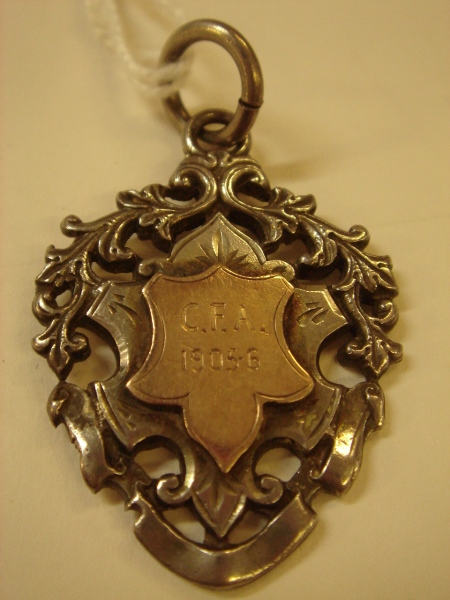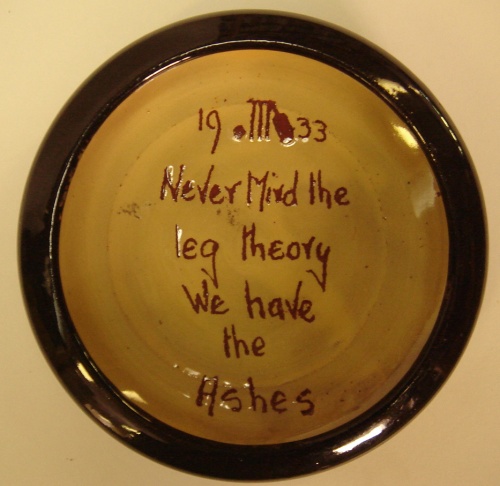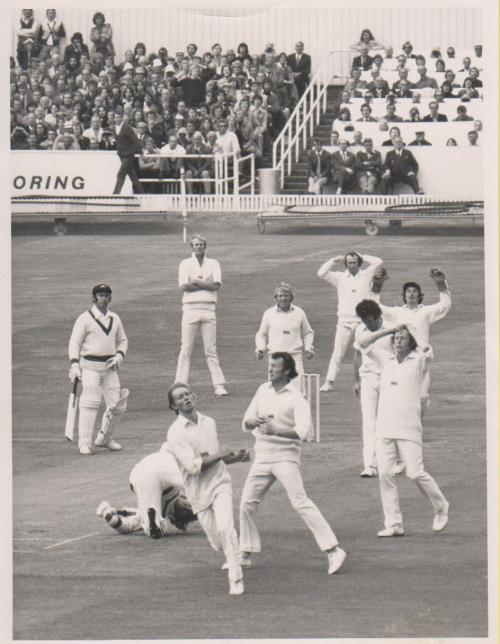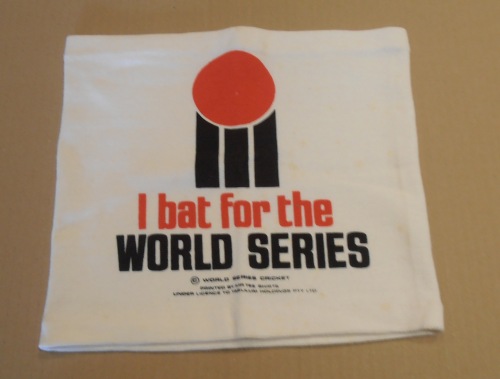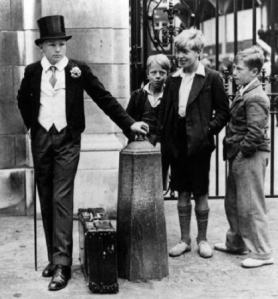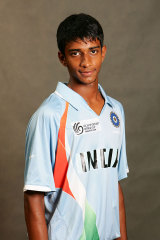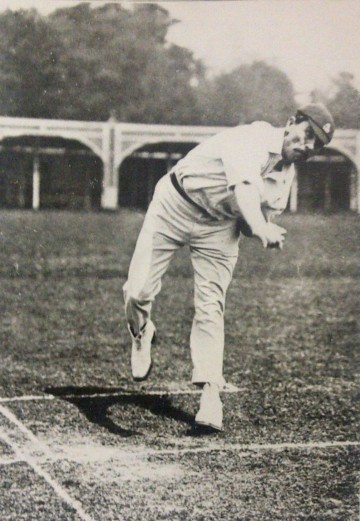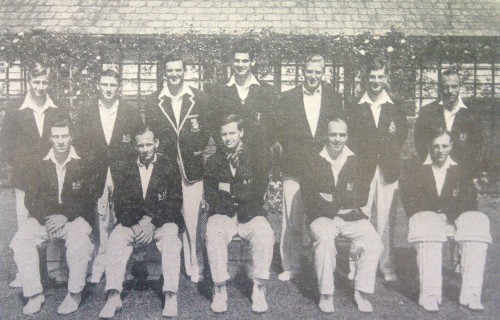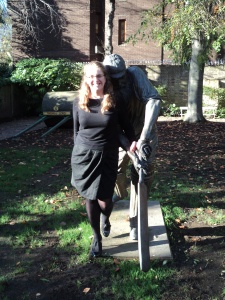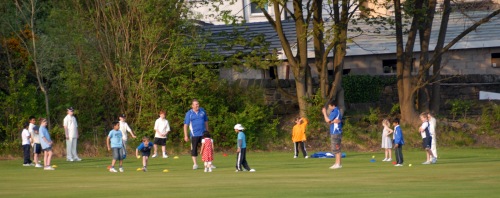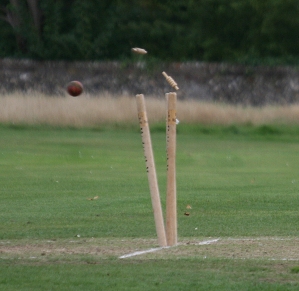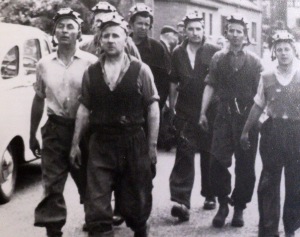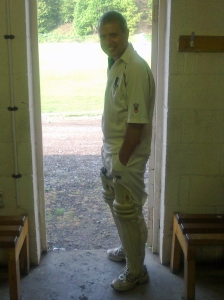In my latest TTF story Kushil Gunasekera from the Foundation of Goodness talks about one of the effects the 1996 Cricket World Cup had on his country’s cricket – http://www.takingthefield.com/stories/new-avenues – it helped promote the game to rural areas in a way not seen before. It got me wondering about the effect other Cricket World Cups might have had on their hosts, and the effect of the Cricket World Cup on cricket in general.
The first Cricket World Cup was in 1975 in England. Tony Cozier described the event as “…the boldest and most ambitious innovation since the legalisation of overarm bowling.” Was he right? Did it really have such a massive effect?

The first Cricket World Cup really captured the public’s imagination. Here excited crowds invade the pitch at the end of the final.
1975 – Limited Overs One Day Cricket had been introduced just a few years earlier, but perhaps the tournament did do a lot to cement it’s place in cricketing tradition. It also introduced the format to parts of the cricketing world who were unfamiliar with it, such as India – who attempted to to play out their first game for a draw! An important aspect of this first World Cup was the fact it was so popular. It was very successful. The tournamanet was helped by the fact that England was enjoying it’s hottest summer in around 30 years and luckily the matches were close and exciting. The event made money, a lot of money relative to this time – around £200,000 from ticket sales and £100,000 from sponsorship. How different things might have been had it rained and the crowds stayed away, perhaps Kerry Packer would not have been inspired and perhaps the really forceful commercialisation of limited-overs cricket (see previous post The Birth of Carnival Cricket) may never have happened.
WORLD CUP EFFECT ONE: Limited overs cricket introduced to the world on a big stage.
1979 – The 2nd Cricket World Cup of 1979 was a post-Packer affair. The Packer affair did have a direct impact on this Cricket World Cup with several of the best Australian players out of favour for signing up for World Series Cricket. The Australian teams was therefore a much depleted one, containing several unknowns and the team did not perform well. Another notable feature was the choice of host country, England again, despite interest in hosting coming from India and the West Indies. England was chosen over these rivals by the ICC – run by the MCC – based at Lord’s…hmmm – eyebrows were raised but England it was again. And again the Cricket World Cup was a big financial success and with the issue of player’s pay very much in the arena due to the Packer affair many players felt that their pay packets didn’t reflect the amount of money being made (the victorious West Indians were paid £350 each for the whole tournament).
WORLD CUP EFFECT TWO: Demands from players for better pay gains significant momentum.
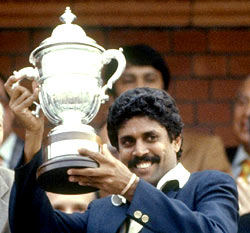
India were not expected to win the World Cup but crushed the West Indies in the final. The victory delighted Indian fans ignited a passion for the shorter format.
The next Cricket World Cup in 1983 (hosted by…you guessed it – England!) was to have a massive effect on world cricket for this was the tournament that began the Indian love affair with one-day cricket.
“One deplorable consequence of India’s 1983 victory was an overnight change in the subcontinent’s cricket culture. Hitherto, one-day cricket had no appeal to speak of there, while domestic first-class matches drew substantial crowds, and Test matches usually played to full houses. But soon Test-match attendances, even in Mumbai, Chennai and Kolkata – cities with deep-rooted cricketing traditions – showed a fall, while frenzied, jingoistic crowds packed grounds for one-day games.” Dicky Ritnagur.
India’s surprise victory captured the nation’s imagination and there was to be no turning back. The subcontinent’s new post as guardian’s of this lucrative form of cricket may also have had a knock on effect of swinging power from West to East and helping India gain the power and influence they wield over cricket today.
WORLD CUP EFFECT THREE: India’s love of shorter form cricket.

I’ve won the World Cup! This trophy used in the 1975, 79 & 83 World Cup’s can be seen in the MCC Museum.
…next time, more cups and more effects!
(Bibliography – The History of the Cricket World Cup by Mark Baldwin, Wisden History of the Cricket World Cup edited by Tony Cozier, Wisden Cricketer’s Almanack 1976 edited by Norman Preston, A Complete History of World Cup Cricket 1975 – 1999 by Mark Browning. All these books are available in the MCC Library.)

